Handy tips that will help prospective employers find you...
Your LinkedIn profile isn’t just for recruiters, it’s also how your connections remember and recommend you. When your profile clearly shows what you do, where you add value, and what you’re looking for, you make it easy for others to put your name forward.
Here’s the recruiter-eye checklist I give executive candidates to lift visibility and make it easier for both recruiters and connections to refer you for the right roles.
List of Services
-
1. Match your profile to your CVList Item 1
Keep job titles, dates, employers, and responsibilities consistent. If your internal title isn’t comparable in the market, include both, for example: Head of Client Success (equivalent to GM – Customer Experience). This preserves accuracy and still matches search terms recruiters use. Ensure your LinkedIn mirrors your CV (minus commercially sensitive information) so your story is consistent.
-
2. Use your Headline wiselyList Item 2
This is prime real estate — skip “Seeking new opportunities.” Instead: Role + Scope + Industry + Impact + Keywords.
If you’re currently employed, use the market title for your role (or an equivalent) with key responsibilities and outcomes. If you’re between roles, list the titles you’re targeting, framed with your expertise — for example:
Chief Marketing Officer | Brand Growth | Digital Transformation | B2B & B2C
Head of Product Design | Human-Centred Innovation | SaaS & Mobile Platforms
Digital Director | E‑commerce | Customer Experience | Data-Driven Growth
Your headline should make it instantly clear to recruiters and your network where you fit and what you want next.
-
3. Leverage the About SectionList Item 3
Structure it in three parts:
- Who you are – scope, scale, industry. Where you add value – your leadership focus and commercial levers.
- Proof – 3 or4 wins with measurable results. If you’re between roles, add a short line on what you’re open to next (titles, industries, location flexibility) — this helps recruiters and connections recommend you with confidence.
- Specialties - finish with a line using keywords from target job ads.
-
4. Banner & photo: keep it simpleList Item 4
- Photo: Current, clear, approachable — recognisable in person, the job hunt can mean plenty of coffee catch ups and networking, make it easy for people to find you.
- Banner: Single colour, brand-relevant image, or clean photo. It’s prime visual space; keep it professional and uncluttered.
-
5. Experience: scannable and results-focused
Some tips include:
- One-line scope (team size, budget, remit, regions).
- 3–5 bullet points — action + outcome + number.
- Add media and links to portfolios or media if relevant for your role (password-protect if needed).
-
6. Add Skills (But not too many)
Add the most relevant, high‑value skills (but not too many and you dont need to repeat them under every role). Make sure skills align with your CV and target job ads. Pin your top 3 so they’re always visible.
-
7. Optimise Backend Settings
Small tweaks make a big impact.
- Contact info: Add mobile and email; make visible to recruiters so they can quickly call or email you.
- Custom URL: linkedin.com/in/yourname.
- Public profile: Make it searchable outside your network.
- Open to Work: Use “Recruiters only” if employed; turn off once you land a role.
- Export PDF: Keep an updated LinkedIn PDF (or a recent CV on file) for quick ATS uploads. The LinkedIn PDF is an easy snapshot to share directly, while a CV on file may still be preferred for formal applications.
- Enable ATS-friendly export: Allow recruiters to download your profile into their systems for faster matching.
-
8. Keep it active
Post, comment, and update regularly so your profile looks current. Even liking, sharing, or reposting with a short comment keeps you visible to recruiters and top of mind with your network.
And a final thought: A clear, consistent profile makes it easier for recruiters to find you — and for your network to recommend you for the opportunities you want.
Kylie Kneale - Executive Recruiter
Recent Blogs




